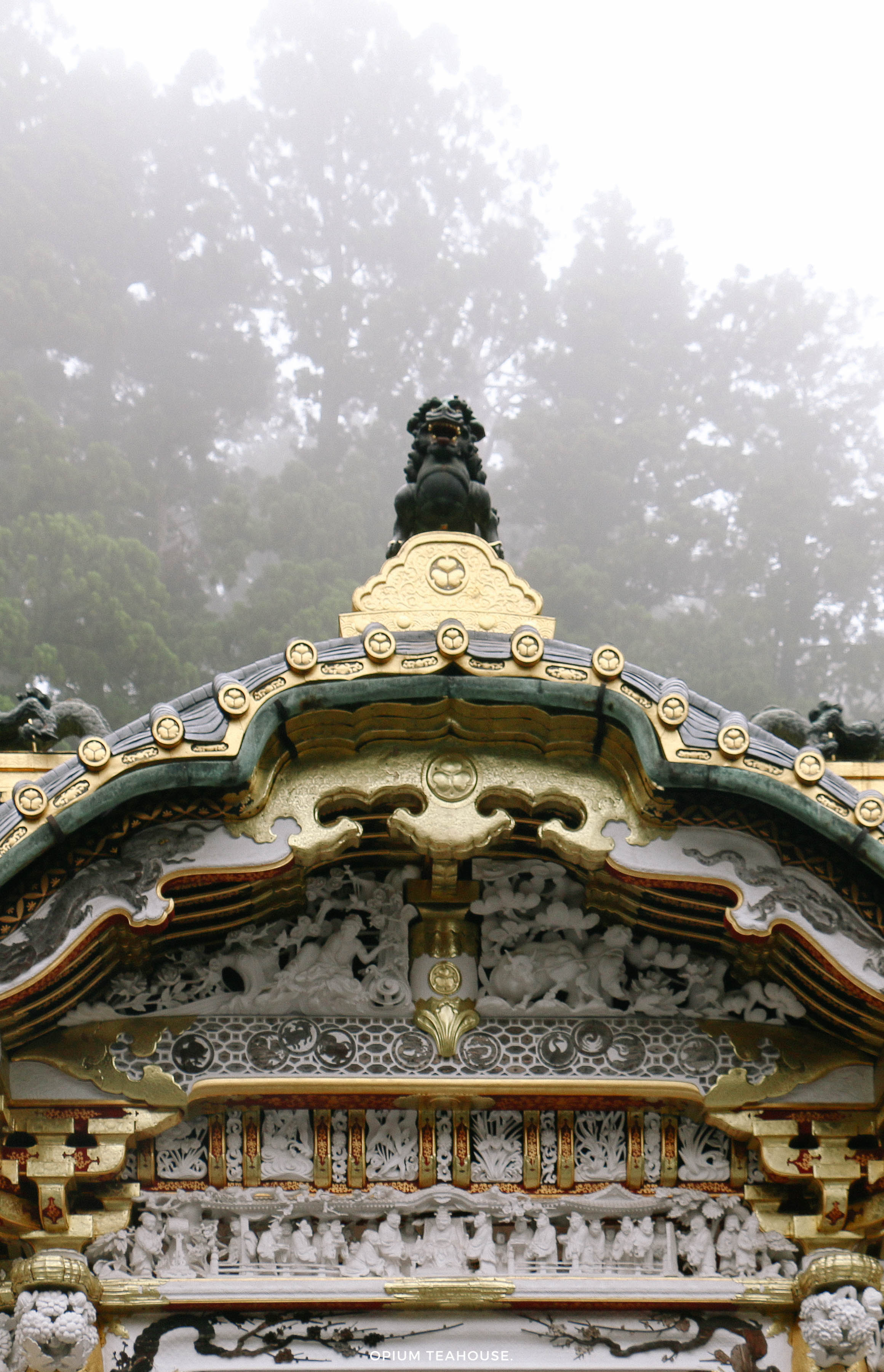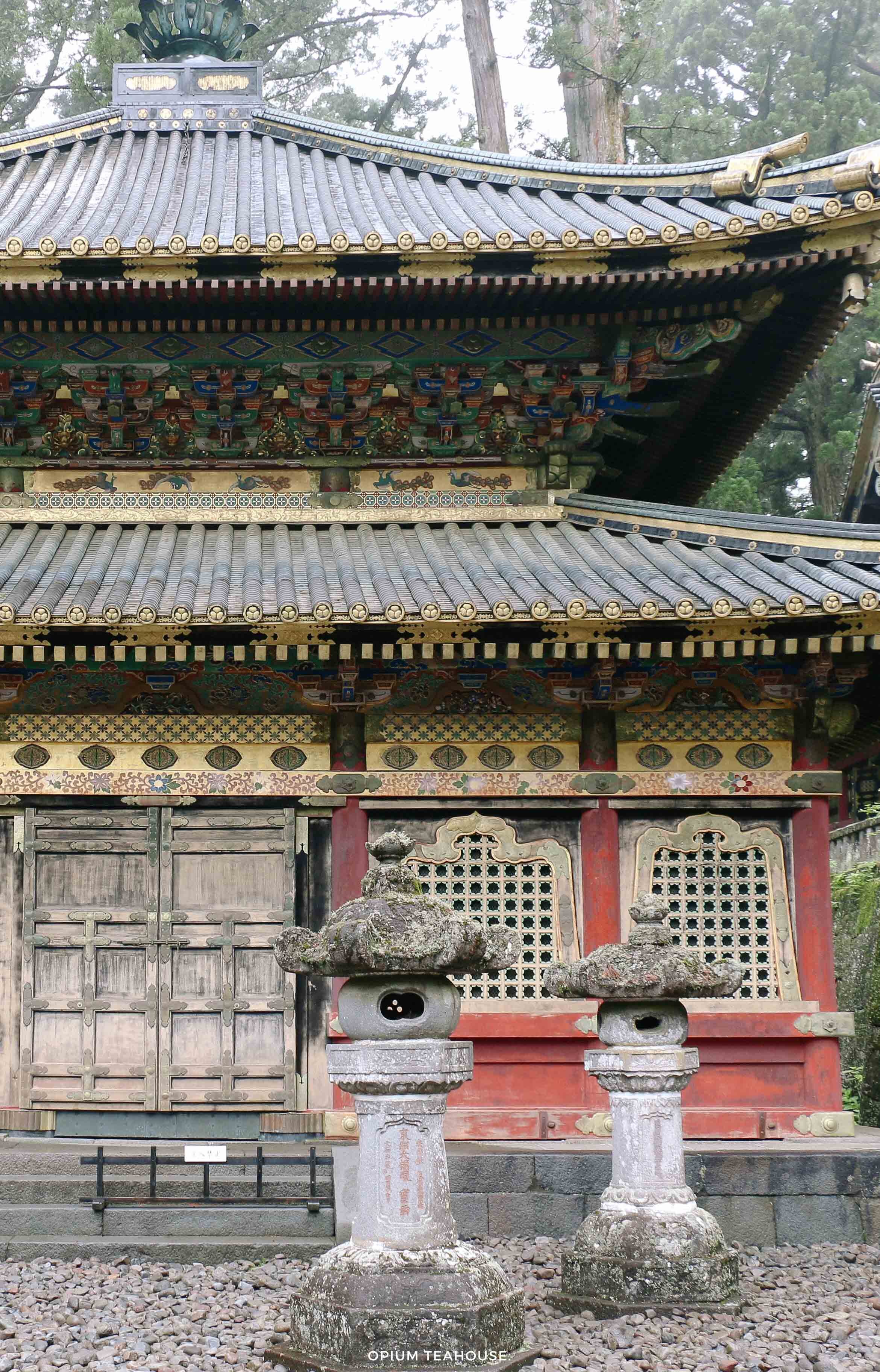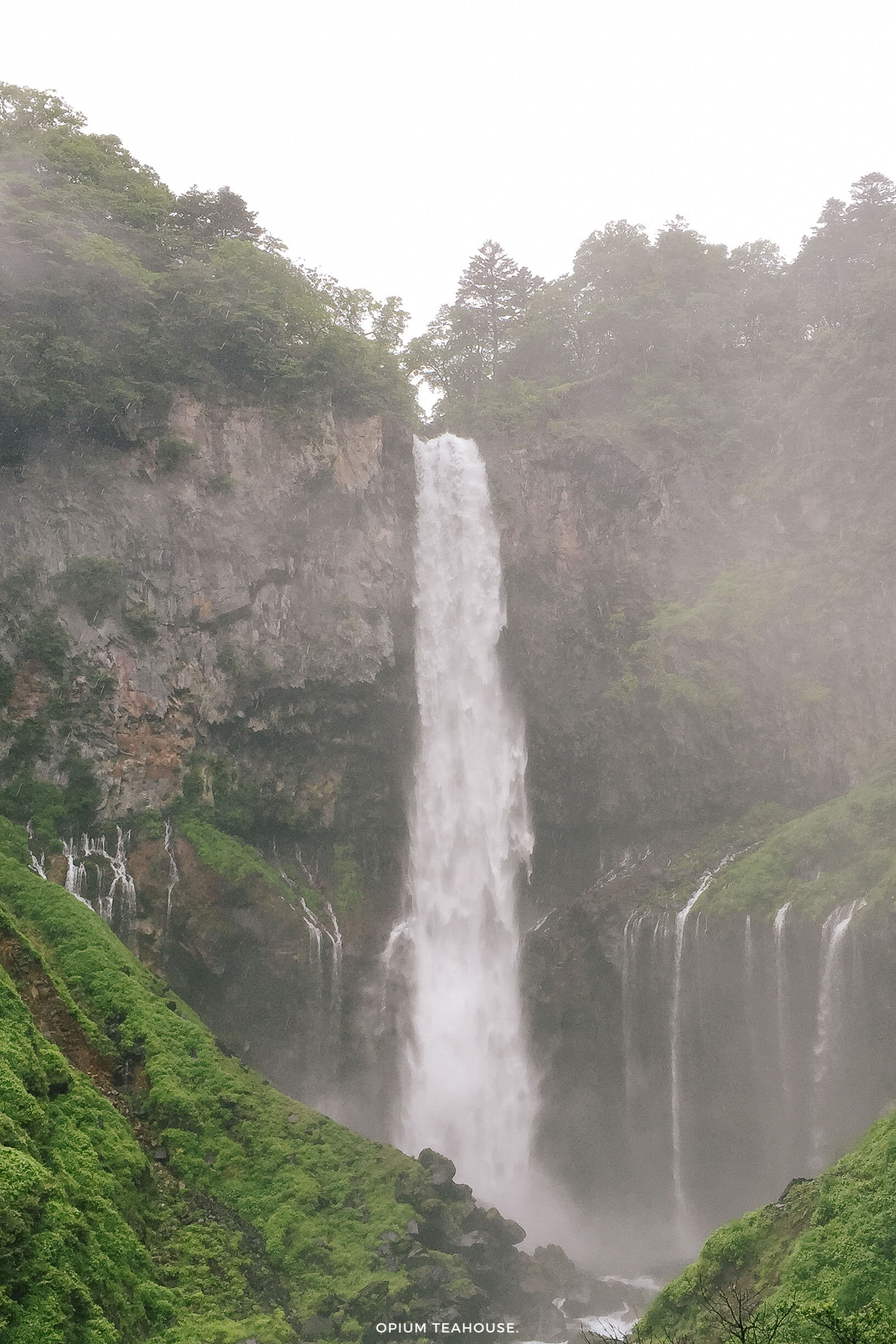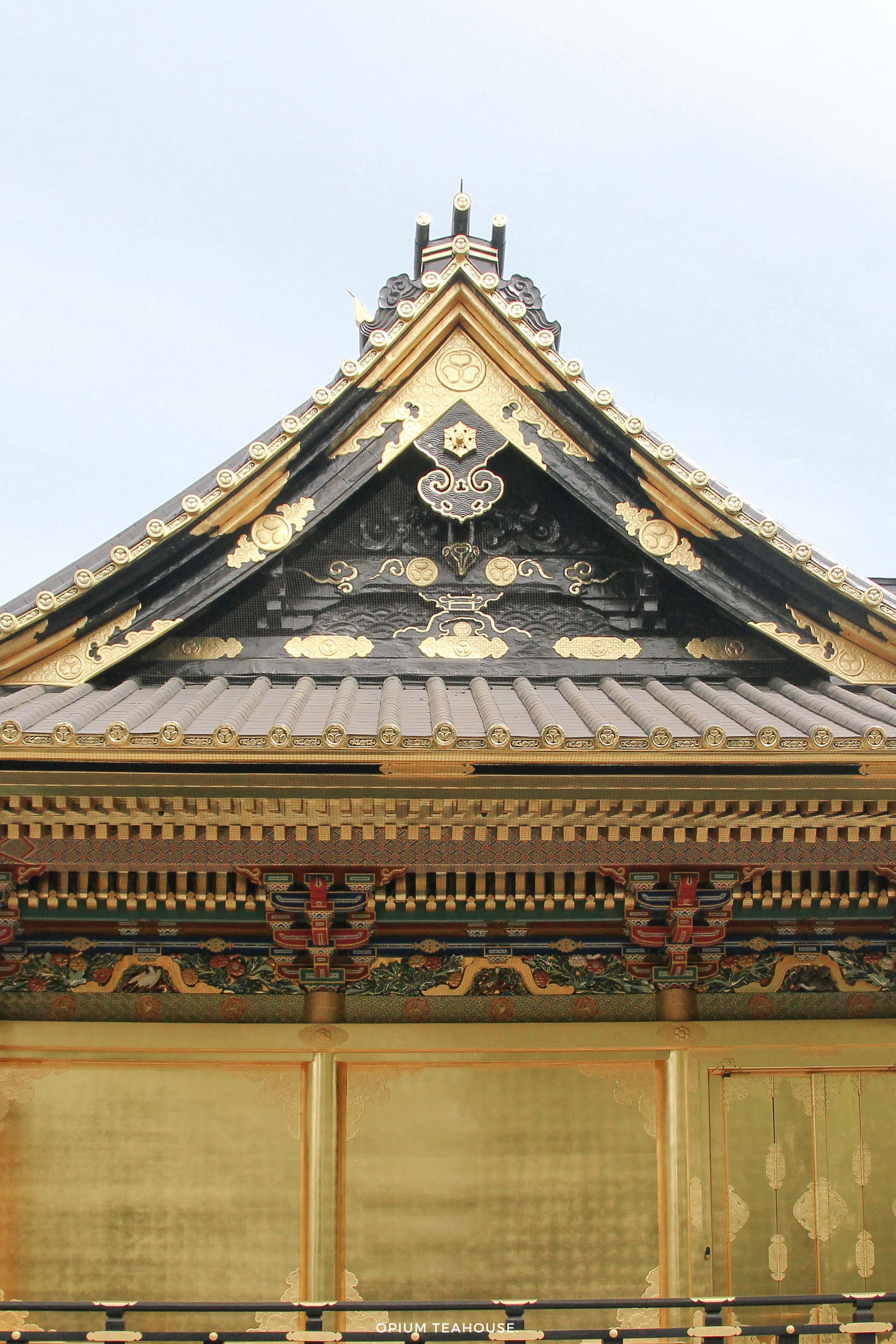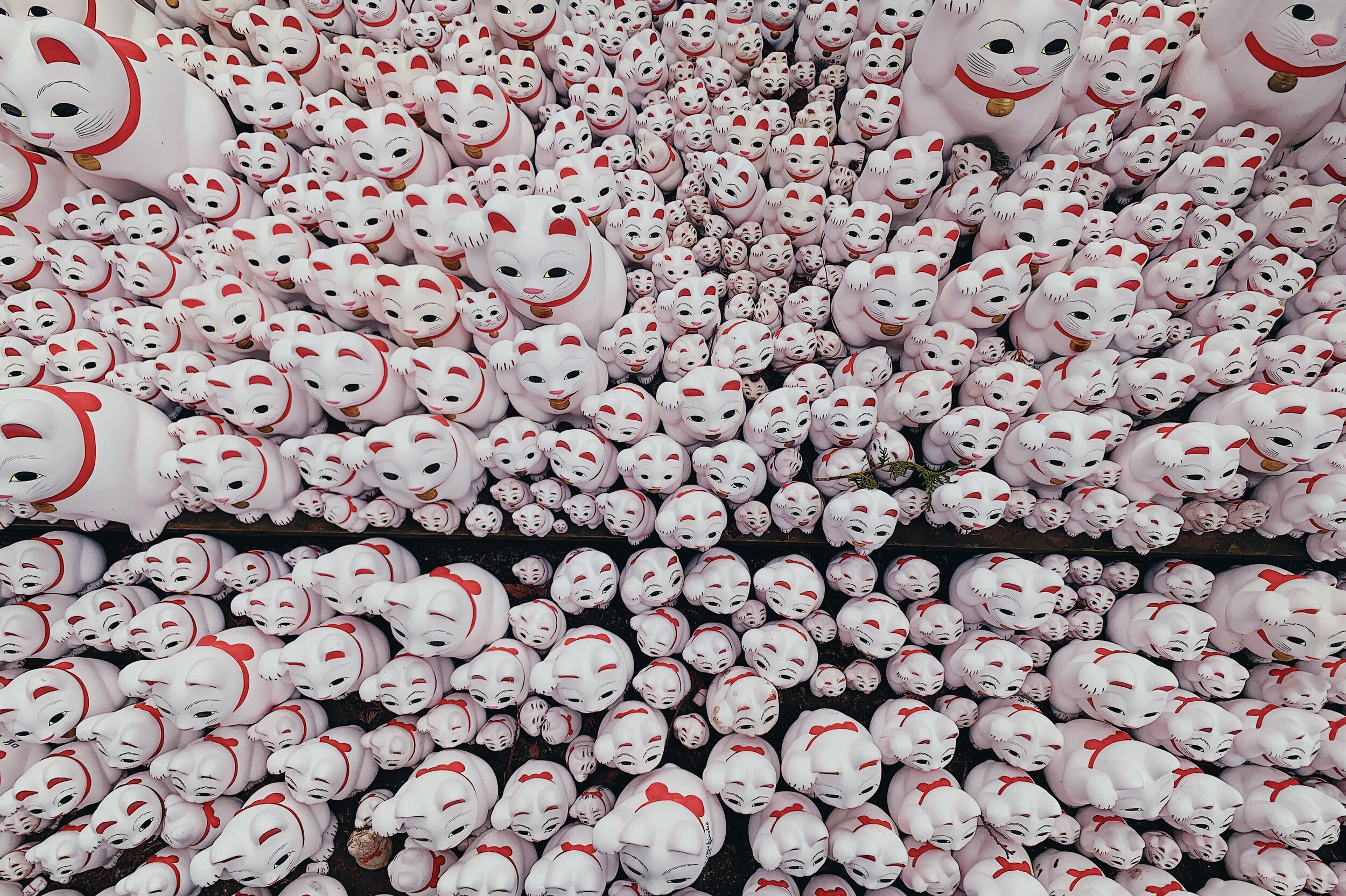Up in the mountains of Nikko — Japan
I woke up to the sound of falling rain and checked the clock. The plan was to wake up early and go north. Escape the city, and it’s tempting arcades that held me captive two nights in a row.
From Tokyo station, we boarded a train bound for Nikko, an hour and a half journey, with a change at Utsunomiya. The primary destination in Nikko is the lavishly decorated Toshogu; the shrine and mausoleum of Tokugawa Ieyasu, founder of the Tokugawa shogunate. The town and its surroundings have a lot more to explore.
With this in mind, we boarded a bus from Nikko station to Kegon Falls, in the vicinity of Lake Chuzenjiko. The driver moved with surgical precision through the narrow and sinuous mountain roads surrounded by tall trees. We stopped at a deserted bus terminal near the shore of Lake Chuzenji. Famous for its Onsen hotels and Koyo – autumnal colours – there were little people around. However, Kegon falls, regardless of time of year, is a sight to behold. This massive one hundred meter drop is the only exit for the waters of the nearby lake. If impressive from the roadside, then after taking an elevator down, the scene was overwhelming.
The same foggy atmosphere that engulfed the mountains followed us to Toshogu. Set in a beautiful forest the mausoleum was initially simple, expanding over the years to what it is now; more than a dozen buildings spanning all the way up the mountain. Its uniqueness lies in the combination of Buddhist and Shinto elements, something unseen anywhere else in Japan.
The big granite Torii door marks the entrance to the sacred ground, the road up is steep and covered in gravel. Heavy mist surrounded us, the deeper we got into the complex. I couldn’t help feeling the height of solemnity in the air.
Hours playing Final Fantasy fueled my romantic ideal of Japanese mountain shrines. The beautiful temple sceneries surrounded by thick mist, and priests chanting in a grave, low tone were my favourite in the game; experiencing such a thing was beautiful. An outer praying hall composes the main shrine building, and behind it, the inner and central hall.
Countless woodcarvings, covered in gold leaf and bold colours, adorn these buildings. Every single piece tells a story, and together form a more complex tale. The visual richness, visible from far away, is overwhelming.
After soaking up the peaceful scenery, we descend through the slippery stone stairs and enter Honjido Hall. The building is massive and presents twelve statues of each Chinese zodiac sign. Its centrepiece is a giant dragon painted across the ceiling, known as the Crying Dragon.
In a broken English, a priest invites us to join a small crowd. After a few words, he claps two blocks of wood together in several locations across the hall. It’s only in a particular position that the sound echoes in a way that resembles a shrill cry, giving the dragon its name. You have to hand it to Japanese architects and their knowledge of acoustics.
We were engaged in conversation by the priest shortly after. He was keen to know our zodiac signs, to point us to the right statue for us to pay our respects and possibly, buy an Omamori. Like in every temple, the exit was through the talisman shop.
When we left the complex and walked down through the main path, it was difficult not to look back in awe. The ambience was perfect; the gold leaf and greenery that surrounded the buildings paired beautifully with the low mist. But when we reached the Shinkyo bridge something unusual happened, the sun came out behind the clouds for a brief moment. Rays of sunshine inundated the valley like it was thanking us for visiting.



